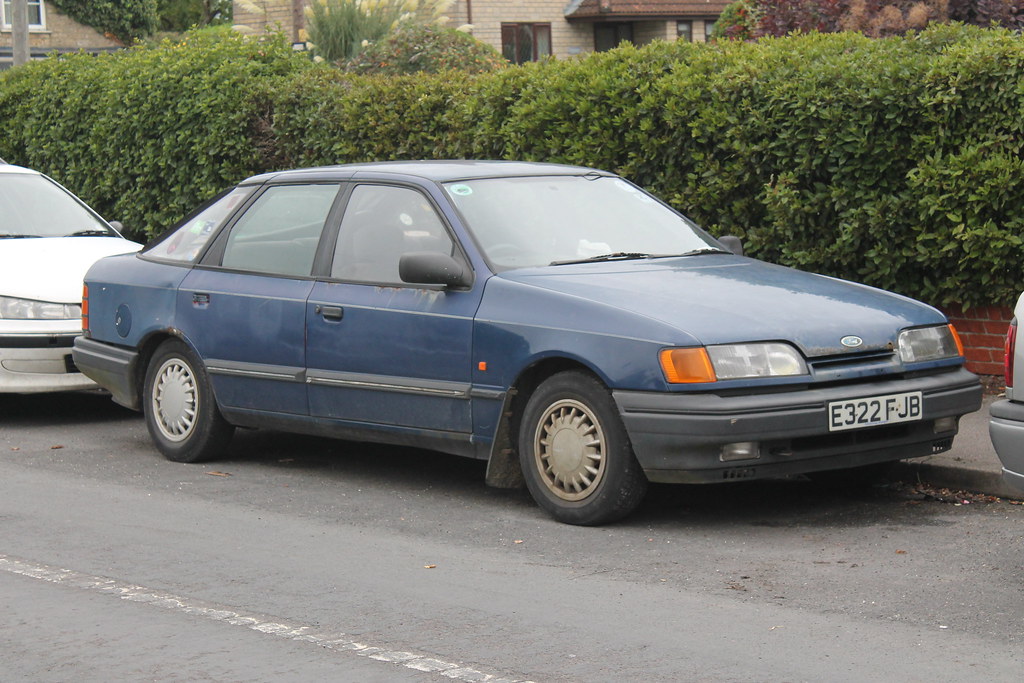
When you hit the open road, a sense of freedom often accompanies you. Yet, underneath that freedom lies the undeniable unpredictability of vehicle performance. Flat tires, dead batteries, or even an overheated engine can catch any driver off guard, transforming a pleasant journey into a stressful ordeal. For many new drivers today, the practical knowledge of how to handle these common roadside emergencies has sadly become a rarity.
This isn’t just about inconvenience; it’s about safety, confidence, and self-reliance. Being prepared for these situations, armed with both knowledge and the right tools, is absolutely paramount. It saves time, money, and most importantly, enhances personal safety for you and others on the road. We believe that every driver, regardless of experience, deserves to feel confident and capable when faced with the unexpected.
In an age where roadside assistance is just a phone call away, the invaluable hands-on skills that once defined a capable driver are slowly fading. But we’re here to bring them back! This article will guide you through essential roadside repair skills and the foundational knowledge required to tackle minor car troubles with authority and calm. Equip yourself, understand your vehicle, and take control of your journey – because knowing how things work and how to fix them is the ultimate power on the road.

1. **Changing a Flat Tire Quickly and Safely**A flat tire remains one of the most common and frustrating roadside problems drivers encounter. Whether it’s caused by an unexpected puncture or simple wear and tear, a blown-out tire can happen anywhere, at any time. The ability to change it yourself means you won’t be left stranded for hours, especially in remote areas where assistance might be slow to arrive. This skill isn’t just about convenience; it’s a fundamental aspect of self-sufficiency on the road.
Before you even think about lifting your vehicle, safety must be your absolute top priority. First, find the safest possible spot to pull over—a flat, stable surface well away from busy traffic is ideal. Engage your parking brake firmly to prevent the vehicle from rolling. Then, immediately switch on your hazard lights to alert other drivers to your presence and the situation. Having the right tools, including a sturdy spare tire, a reliable jack, and a lug wrench, is non-negotiable for success.
Once safely parked and your tools are at hand, begin by loosening the lug nuts on the flat tire slightly while the vehicle is still on the ground. This initial loosening prevents undue strain once the car is elevated. Next, position the jack correctly under the vehicle’s frame, lift the car until the flat tire is completely off the ground, and then fully remove the loosened lug nuts. Carefully take off the flat tire and replace it with your spare, ensuring the rim fits securely onto the wheel studs.
Hand-tighten the lug nuts back onto the studs before slowly lowering the vehicle until the tire makes gentle contact with the ground. At this point, fully tighten the lug nuts in a crisscross or star pattern. This method ensures even pressure and prevents the wheel from becoming unbalanced or loosening later. After the vehicle is fully on the ground and the jack is removed, do one final check to confirm all lug nuts are secure. Remember, a spare tire is usually a temporary solution, so head to the nearest service station for a proper repair or replacement as soon as possible.
Read more about: The 12 Most Common Reasons Your Car Pulls to One Side: Diagnose and Fix It for a Safer Drive

2. **Jump-Starting a Dead Battery**A dead battery can transform your vehicle into an inert metal box, leaving you stranded with no power for the engine or accessories. This common issue often arises from leaving lights on overnight, cold weather, or simply an aging battery. Fortunately, knowing how to jump-start a car is a straightforward skill that can quickly get you back in motion, making it an indispensable part of any driver’s repertoire.
To successfully jump-start your vehicle, you’ll need either a set of reliable jumper cables or a portable jump starter. If using cables, you’ll also need the assistance of another vehicle with a working battery. The critical first step is to correctly identify the positive (+) and negative (-) terminals on both batteries. The red clamp should always connect to the positive terminal, and the black clamp to the negative. Incorrect connections can lead to sparks, damage, or even injury.
Start by parking the assisting vehicle close enough to yours so the jumper cables can comfortably reach both batteries without stretching or touching any moving engine parts. Turn off both vehicles and ensure their parking brakes are engaged. Connect one red clamp to the positive terminal of your dead battery, then connect the other red clamp to the positive terminal of the charged battery in the assisting vehicle. Next, attach one black clamp to the negative terminal of the charged battery. Finally, connect the other black clamp to an unpainted metal surface on your disabled vehicle, away from the battery itself, to help dissipate any potential sparks safely.
Once all connections are secure, start the engine of the assisting vehicle and let it run for a few minutes. This allows a charge to transfer to your dead battery. After a short wait, attempt to start your stalled vehicle. If it starts, great! Let your engine run for a while to allow your battery to recharge sufficiently. When removing the cables, do so in the reverse order of connection: remove the black clamp from your vehicle’s metal surface first, then the black clamp from the charged battery, followed by the red clamp from the charged battery, and finally the red clamp from your now-running vehicle. Regular battery checks and cleaning corrosion from terminals can help prevent these unexpected failures in the future.
Read more about: Towing Expert’s ‘Crucial’ Hack: Change a Flat Tire Safely Without Ever Lifting the Entire Car
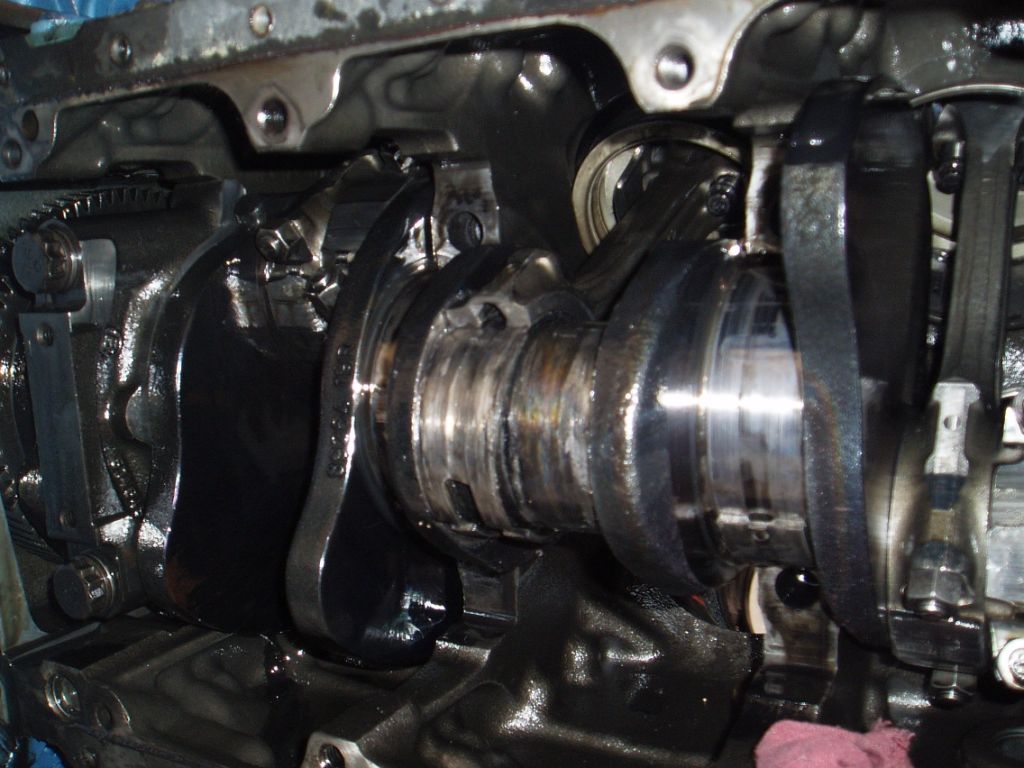
3. **Handling an Overheating Engine**An overheating engine is a serious warning sign that demands immediate attention. Ignoring it can lead to significant and costly damage to your vehicle’s internal components. You might notice steam rising from under the hood or see your temperature gauge rapidly climb into the red zone. These indicators signal that your engine is struggling to regulate its temperature, a situation no driver wants to face unprepared.
If your engine starts to overheat, your first reaction should be to pull over safely and as quickly as possible. Before stopping, turning off your air conditioning and, surprisingly, turning your heater on full blast can help to pull some heat away from the engine. Once you’re in a safe spot, switch off your engine and allow it to cool down significantly before attempting to open the hood or check any fluids. Opening a hot cooling system can result in severe burns from scalding steam or hot coolant.
After the engine has had ample time to cool, carefully check the coolant level in the reservoir. If it’s noticeably low, this is often the primary cause of overheating. You can cautiously add more coolant, or even water in a pinch, to the reservoir to bring it up to the recommended level. Always use the specified type of coolant for your vehicle if you have it on hand. However, simply refilling the coolant might not be a permanent fix if there’s an underlying issue.
Should the overheating persist after topping off fluids, or if you notice a leak, it indicates a more serious problem. This could be a faulty thermostat, a failing water pump, or a compromised radiator hose. In such cases, it’s best to avoid driving the vehicle and instead call for professional assistance. Carrying extra coolant, especially on long trips, and performing regular checks of your fluid levels can significantly reduce the chances of encountering an overheating emergency. Understanding these steps ensures a minor temperature spike doesn’t escalate into a major mechanical breakdown.
Read more about: Buyer’s Remorse on Wheels: The 15 Vehicles That Left Owners Longing for a Do-Over

4. **Understanding Basic Tools for Roadside Repairs**When facing a roadside emergency, having a well-equipped toolkit is just as important as knowing how to use it. Many new drivers might not realize the fundamental tools required to tackle even the most common vehicular issues. These aren’t just gadgets; they are extensions of your problem-solving capabilities, empowering you to troubleshoot and address unexpected breakdowns with confidence.
Among the most paramount tools are those specifically for tire issues. A robust **tire jack** is absolutely essential for safely lifting your vehicle. Paired with this is a **lug wrench**, which allows you to loosen and tighten the stubborn lug nuts that secure your wheels. Beyond tires, a comprehensive set of **screwdrivers**, including both Phillips and flathead varieties, is crucial for tightening loose components or accessing minor panels. **Pliers**, such as needle-nose or slip-joint, are incredibly versatile for gripping, bending, or cutting wires.
For basic electrical checks, a **multimeter** can be an invaluable asset, allowing you to measure voltage and identify potential power issues. While not strictly for repair, a **portable air compressor** is highly beneficial for reinflating slightly deflated tires or those that have been temporarily patched. Visibility is often compromised during roadside incidents, especially at night. Therefore, a reliable **flashlight** or a hands-free **headlamp** is indispensable for illuminating dark spaces under the hood or around the tires.
Furthermore, while not a repair tool in the traditional sense, a basic **first aid kit** is critically important. Minor injuries, such as cuts or scrapes, can easily occur while working on your vehicle, and having adhesive bandages, antiseptic wipes, and gauze pads readily available ensures immediate care. Equipping your vehicle with this selection of essential tools prepares you to handle a wide range of common roadside scenarios effectively. Taking the time to gather and regularly maintain these tools is a proactive step toward confronting mechanical issues confidently and safely.
Read more about: The Roadblock Rundown: 12 Common Reasons Your Custom Classic Car Build Might Fail Inspection – And How to Ace It
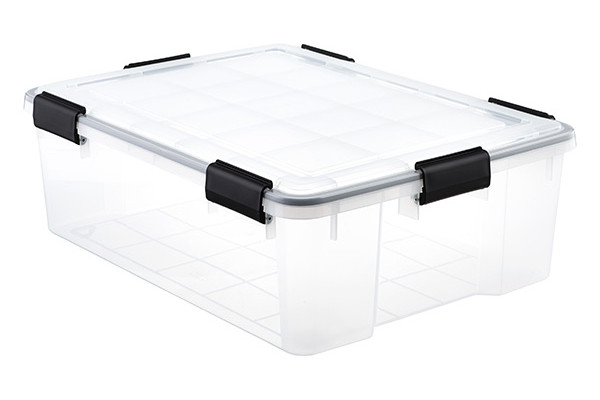
5. **Assembling a Comprehensive Emergency Kit**Beyond the essential repair tools, a truly prepared driver understands the critical role of a comprehensive emergency kit. This kit isn’t just for fixing your car; it’s designed to enhance personal safety and manage various unforeseen circumstances that can arise during a roadside breakdown. Think of it as your portable assurance policy, providing comfort and assistance when you’re most vulnerable.
The first and perhaps most vital component of any emergency kit is a well-stocked **first aid supply pack**. This should include a range of items such as adhesive bandages for minor cuts, gauze pads for larger abrasions, antiseptic wipes to prevent infection, and even emergency contact numbers. Having these readily accessible allows you to address small injuries promptly, preventing them from becoming more serious problems in a stressful situation.
Visibility is a non-negotiable aspect of roadside safety, especially during low-light conditions or inclement weather. Therefore, **reflectors or emergency triangles** are indispensable. These items serve as crucial warnings to other motorists, alerting them to your stopped vehicle and significantly reducing the risk of further accidents. Placing them at appropriate distances behind your vehicle provides ample warning for approaching traffic.
Practical items often overlooked include **basic cleaning supplies** such as paper towels, wet wipes, and trash bags. These are incredibly useful for maintaining cleanliness after a repair, cleaning up minor spills, or handling other unexpected messes. Additionally, particularly in colder climates, **extra clothing or a warm blanket** can provide much-needed comfort and protection against exposure if you’re stranded for an extended period. A reliable flashlight with spare batteries, along with a multi-tool or basic toolkit, rounds out the practical necessities, ensuring you’re ready for both minor repairs and personal safety.
Read more about: Beyond the Battery: 12 Smart Ways to Slash Your Car’s Emissions (No EV Needed!)

6. **Mastering Tire Maintenance (Gauges, Patch Kits, Inflators)**While knowing how to change a flat tire is a fundamental skill, true tire mastery extends to proactive maintenance that can prevent breakdowns in the first place. Understanding and utilizing tools like tire gauges, patch kits, and tire inflators is crucial for prolonging tire life, enhancing fuel efficiency, and most importantly, ensuring optimal vehicle safety. This deeper understanding transforms you from merely reacting to problems to actively preventing them.
A reliable **tire gauge** is instrumental in ensuring your tires maintain the correct air pressure. Proper inflation isn’t just about avoiding flats; it significantly impacts how your vehicle handles, how long your tires last, and even your fuel economy. Using a tire gauge is simple: remove the valve cap, press the gauge firmly onto the valve stem, and read the measurement. It’s highly advisable to check your tire pressure at least once a month and certainly before embarking on any long journeys. This simple routine can prevent uneven wear, blowouts, and improve overall driving safety.
Despite your best efforts, punctures can still happen. This is where a **tire patch kit** becomes an invaluable roadside asset. These kits typically contain essential items such as tire plugs, rubber cement, and a specialized tool for inserting the plug. In the event of a minor puncture, a patch kit can provide an effective, albeit temporary, solution. This allows you to reinflate the tire and safely drive to the nearest service station for a professional repair. Familiarizing yourself with the kit’s instructions beforehand will greatly ease the process during a stressful roadside situation.
Finally, a compact **tire inflator** is an essential addition to any driver’s toolkit. Whether it’s powered by your car’s 12-volt outlet or an onboard battery, a tire inflator provides a quick and convenient way to reinflate tires that have lost pressure due to a slow leak or after using a patch kit. Most models come with clear, easy-to-understand operation instructions. Performing routine checks to ensure your inflator is functional and its power source is charged will save you considerable time and potential headaches when you encounter tire issues on the road. Integrating these tools and practices into your routine underlines the importance of proactive tire maintenance, significantly minimizing the likelihood of roadside breakdowns.
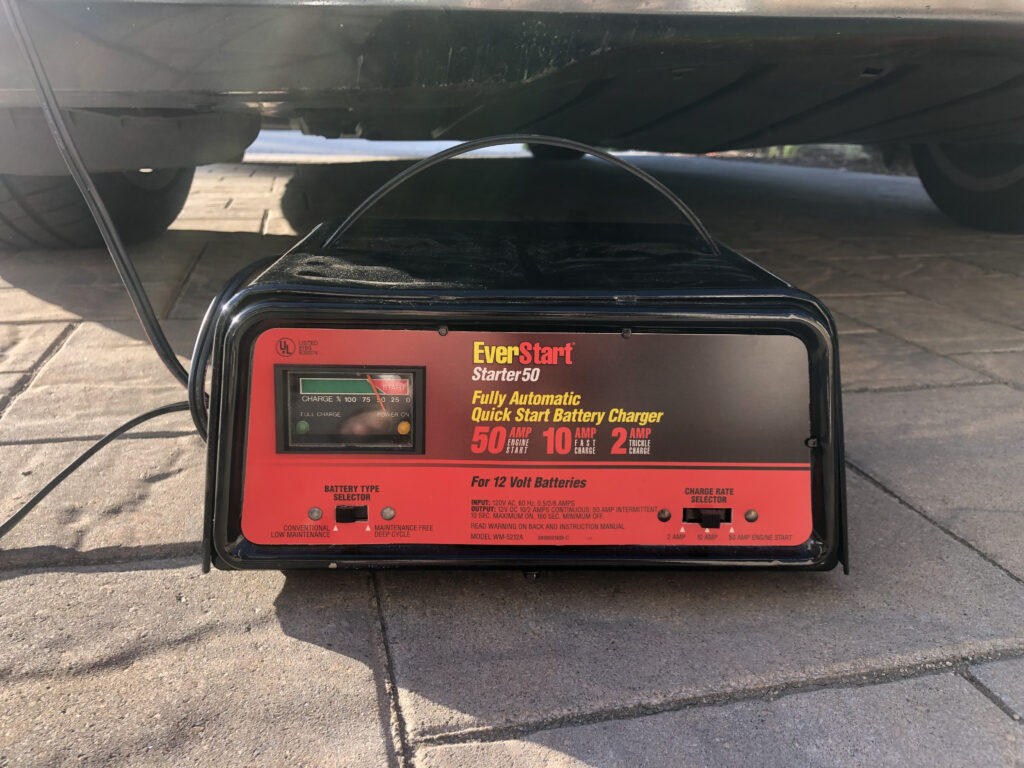
7. **Diagnosing Battery Issues Beyond Jump-Starts (Cleaning Terminals, Multimeter Use)**While a jump-start can rescue you from a dead battery, a truly skilled driver understands that battery issues can be more nuanced. Effective battery maintenance and diagnosis go beyond just jump-starting, involving proactive steps and specific tools to identify problems before they become critical. These advanced skills ensure your battery remains reliable and performs optimally, mitigating the chances of unexpected failures.
Of course, a robust **jump-start kit** remains a cornerstone of battery preparedness. This typically includes high-quality jumper cables, and for ultimate independence, a portable jump starter that eliminates the need for another vehicle. These are your immediate lifelines for getting back on the road when faced with an outright dead battery. However, relying solely on jump-starts without addressing underlying issues can lead to recurring problems.
One common culprit behind poor battery performance is corrosion buildup on the battery terminals. Over time, a white or greenish crust can accumulate, creating poor electrical connections and diminishing battery efficiency. This is where a **battery terminal cleaning brush** becomes indispensable. This simple yet effective tool is specifically designed to remove this corrosive buildup, ensuring good electrical contact and allowing your battery to charge and discharge efficiently. Regular use of this brush can significantly prolong battery life and enhance overall vehicle performance.
For a more in-depth understanding of your battery’s health, incorporating a **multimeter** into your roadside toolkit is an incredibly valuable step. A multimeter allows you to measure the battery’s voltage, providing clear insights into its charge level and overall functionality. By regularly checking these voltage levels, you can identify if a battery is consistently undercharged, which might indicate a need for replacement or a deeper issue within your vehicle’s electrical system. Understanding how to properly use these tools empowers you to recognize typical battery problems, perform efficient jump-starts, and maintain your batteries in excellent working condition, ensuring a smoother and more reliable driving experience.
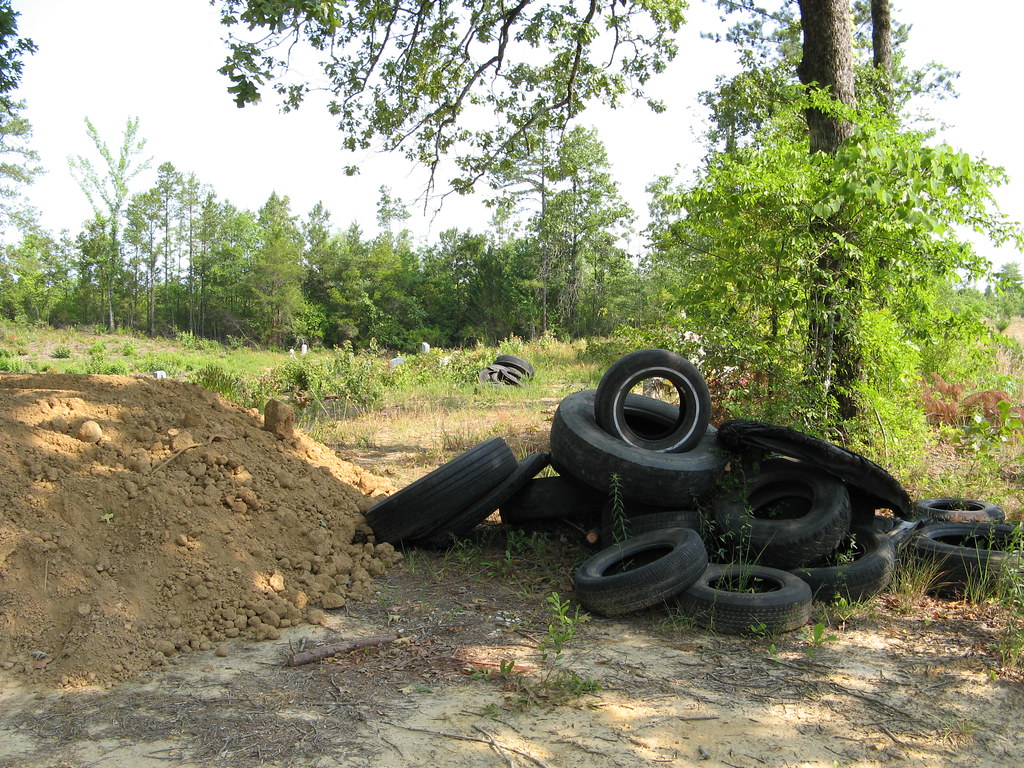
8. **Fluid Level Checks: Necessary Tools**Beyond immediate crises like flats or dead batteries, a truly capable driver understands that proactive maintenance is crucial for vehicle longevity. Regularly checking your vehicle’s fluid levels—including engine oil, coolant, brake fluid, and transmission fluid—is a fundamental yet often overlooked aspect of car care. This systematic approach can detect potential issues before they escalate, preventing costly repairs and unexpected breakdowns. It’s a simple routine that yields significant peace of mind and contributes to overall driving reliability.
An indispensable tool for this task is a reliable **dipstick**, especially for checking engine oil levels. Always park on a level surface and allow the engine to cool down sufficiently before checking. Remove the dipstick, wipe it clean, and reinsert it completely. Upon extraction, observe the oil’s level against the marked indicators. Performing this check every couple of weeks, or before long journeys, ensures optimal engine lubrication and performance.
When topping off fluids, a **funnel** is incredibly beneficial for adding liquids without creating a mess, particularly for oil and coolant. Selecting a funnel that fits snugly into the refill opening prevents spillage and waste. A transparent funnel can be advantageous, allowing you to monitor fluid flow and prevent overfilling. Additionally, carrying a dedicated, correctly labeled **fluid container** for spare oil, coolant, or other essential fluids ensures you’re prepared for necessary top-ups on the road, averting significant mechanical headaches.
Regularly checking your vehicle’s fluid levels and properly utilizing these simple tools can dramatically prolong the lifespan of various critical components, help prevent major breakdowns, and significantly enhance overall driving safety. Integrating this proactive habit into your maintenance routine moves you from merely reacting to problems to actively preventing them, embodying the spirit of a truly prepared and confident driver.
Read more about: Beyond the Surface: 14 Proven Strategies to Safeguard Your Car’s Undercarriage from Winter Road Salt
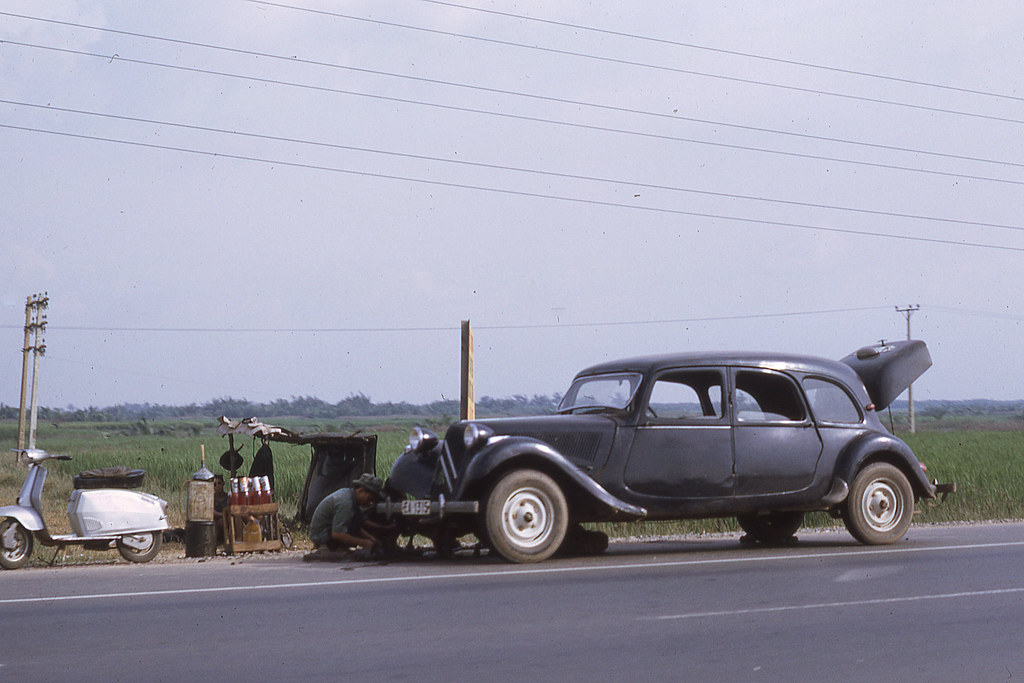
9. **Organizing Your Tool Kit for Accessibility**Having the right tools is only half the battle; knowing where they are and being able to access them quickly when a roadside emergency strikes is equally, if not more, important. An efficiently organized tool kit allows drivers to act swiftly and confidently, minimizing downtime and alleviating the inherent stress of unexpected breakdowns. Effective storage solutions are absolutely key to ensuring your tools are always easily retrievable, preventing frustrating searches in urgent moments.
One of the most effective methods for organizing your essential roadside repair kit is by utilizing purpose-designed **toolboxes or bags**. These often come equipped with thoughtful compartments, elastic loops, or removable trays, making it simple to categorize tools based on their function. Grouping wrenches, screwdrivers, and pliers facilitates swift access. Labeling these compartments further elevates your organization, providing immediate visual cues to quickly locate specific tools without rummaging, which is critical in high-pressure or low-light situations.
Finally, maintaining a **consistent location for your kit** within your vehicle is paramount to accessibility. Whether securely in the trunk or neatly tucked under a seat, knowing exactly where to reach for it every single time eliminates guesswork during stressful moments. By ensuring your essential tool kit is always within easy reach and impeccably organized, you can approach roadside repairs with a profound sense of confidence, fully equipped to handle a wide array of situations and swiftly get back on the road.
Read more about: Your Ultimate 13-Step Lifehacker Guide to a Clutter-Free Digital Life This Weekend
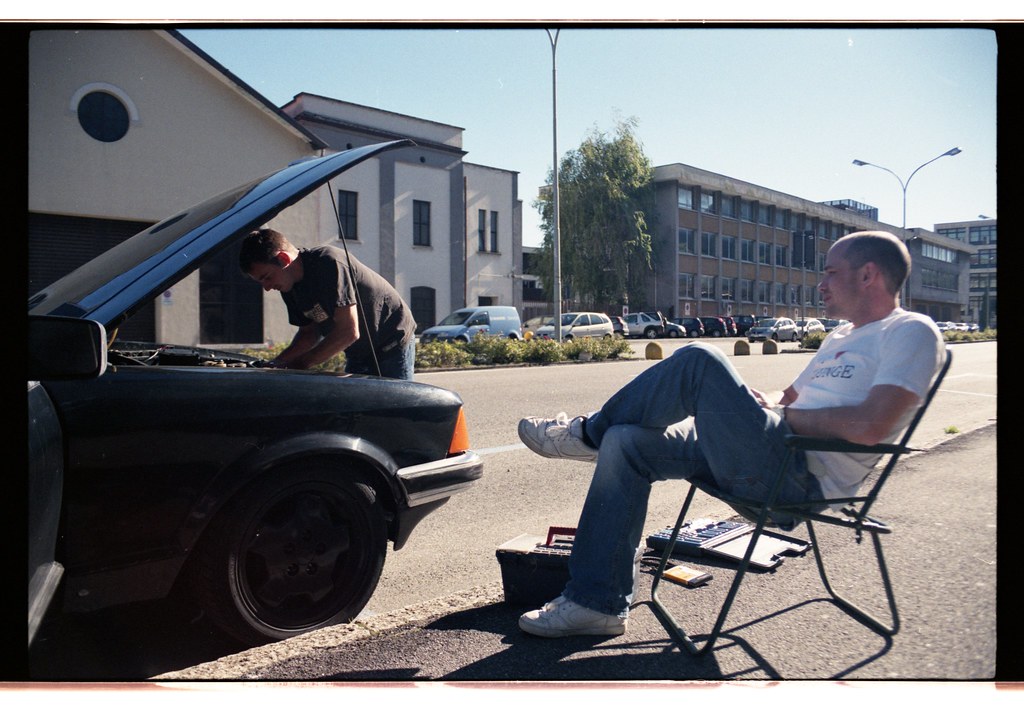
10. **Staying Safe During Roadside Repairs**Even with a comprehensive toolkit and sharp repair skills, the immediate environment of a roadside breakdown presents significant hazards, primarily from passing traffic. Prioritizing safety during roadside repairs is absolutely paramount to protecting yourself and others. A proactive approach to safety can significantly mitigate risks, transforming a potentially dangerous situation into a manageable one where you can focus on the repair at hand without undue worry.
One of the first and most critical steps is to always **pull over to the safest possible location**. This means finding a flat, stable area well off the main thoroughfare, away from fast-moving traffic. Parking as far from the flow of vehicles as possible significantly reduces accident risk. Once parked, immediately **turn on your hazard lights**. To further enhance visibility, deploy **roadside flares or reflective warning triangles** behind your vehicle, providing oncoming traffic with ample warning to react and adjust safely.
Furthermore, actively enhancing your personal visibility is a non-negotiable safety measure. **Wearing reflective gear or a high-visibility vest** ensures you remain conspicuous, especially in low-light conditions. Always **remain vigilant of your surroundings**, continuously scanning for approaching vehicles. It’s often beneficial to wait for a lull in traffic before starting repairs, prioritizing personal safety over rushing the job. Remember, a charged mobile phone is your lifeline for calling assistance if the situation becomes too dangerous or complex to handle alone.
Read more about: Expensive Headaches: 11 Critical Engine Problems That Demand Immediate Attention to Avoid Major Repairs
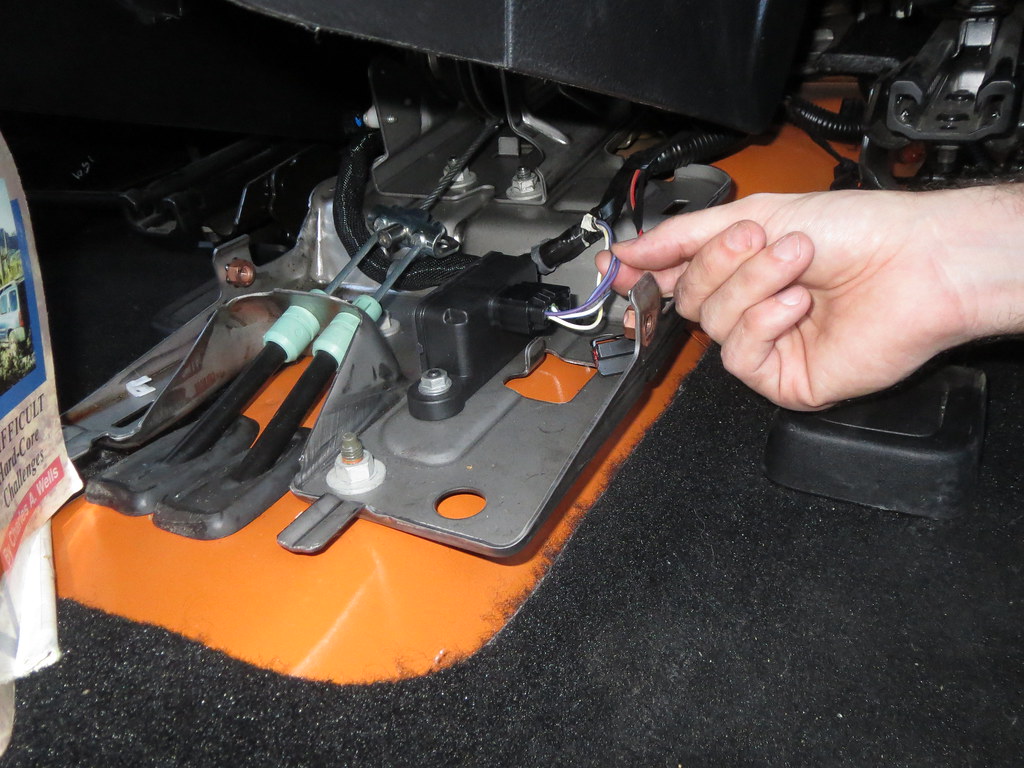
11. **Knowing Your Vehicle’s Specifications**True automotive independence comes from deeply understanding your vehicle’s specific needs and characteristics. Knowing your vehicle’s specifications encompasses vital information such as its precise model, engine type, tire specifications, and other unique features. This profound knowledge empowers you to handle unforeseen roadside repairs accurately, tailoring solutions to your vehicle’s exact requirements rather than relying on generic advice. This detailed understanding significantly enhances your troubleshooting abilities.
Different vehicles demand distinct types of engine oil, specific coolant formulations, or precise tire pressures. Using the wrong fluid or maintaining incorrect tire pressure can lead to serious mechanical issues, negating your repair efforts and potentially causing more damage. Knowing these specifics by heart allows you to address issues appropriately, ensuring your vehicle remains operational during emergencies and preventing adverse long-term effects. This knowledge is easily found in your **vehicle’s owner’s manual**, an indispensable resource for fluid capacities and repair protocols.
Finally, consider taking the proactive step of **documenting essential information** in a readily accessible format. This might include a laminated card in your glove box with emergency contact numbers, insurance details, roadside assistance contacts, and a quick reference for your vehicle’s essential fluid types and capacities. Such meticulous preparation aligns seamlessly with effectively managing roadside repairs, ensuring that critical data is just a glance away in the heat of the moment.
Read more about: Your Ultimate DIY Guide: 12 Simple Steps to Replace Your Car’s Cabin Air Filter and Breathe Easier

12. **Creating a Roadside Repair Plan**While individual repair skills are invaluable, the mark of an expert driver lies in approaching potential roadside emergencies with a strategic, well-thought-out plan. Creating a comprehensive roadside repair plan involves a systematic approach to anticipating and preparing for vehicle malfunctions. This proactive measure ensures you are mentally and practically equipped for unexpected situations during travels, reducing stress and enhancing overall safety.
While individual repair skills are invaluable, the mark of an expert driver lies in approaching potential roadside emergencies with a strategic, well-thought-out plan. Creating a comprehensive roadside repair plan involves a systematic approach to anticipating and preparing for vehicle malfunctions. This proactive measure ensures you are mentally and practically equipped for unexpected situations during travels, reducing stress and enhancing overall safety.
Your plan should begin by **identifying common issues** based on your specific vehicle’s age, model, and typical driving conditions. This allows you to tailor your preparedness. Establish clear, specific steps to follow during a breakdown, outlining emergency contact numbers for roadside assistance, trusted mechanics, and family. Familiarize yourself thoroughly with the precise location of essential components like the spare tire, jack points, and fluid reservoirs; this streamlines the repair process and boosts confidence.
Lastly, a robust roadside repair plan is never static; it requires **regular review and updating**. As your vehicle ages or you gain more experience, your plan should evolve. Engaging with fellow motorists, sharing insights, and discussing experiences can provide invaluable information for improving your plan. Effective preparation for roadside repairs not only increases your safety and efficiency but also helps in mitigating inconveniences, making you a truly formidable force against unexpected breakdowns.
Read more about: The 401k Killer: 14 Premium Vehicles That Cost More Than Just Their Sticker Price

13. **Pre-Trip Vehicle Inspection Checklist**Before the wheels even start turning, the true foundation of a smooth journey lies in a comprehensive pre-trip vehicle inspection. This isn’t just a suggestion; it’s an indispensable tool for assessing your vehicle’s readiness, prioritizing both safety and performance long before you hit the open road. Our “Pre-Trip Vehicle Inspection Checklist” is specifically tailored to instill drivers with confidence, heightened awareness, and ultimate peace of mind.
This meticulous checklist encompasses a wide range of critical inspection areas, ensuring your vehicle’s peak condition. It prompts you to examine everything from vital under-hood components like belts and hoses, to the integrity of your braking system. Crucially, it guides you through checking all exterior lights—headlights, taillights, turn signals, and brake lights—for proper functionality. The condition and pressure of your tires also receive a final, critical once-over for safety.
The checklist empowers drivers in identifying potential issues that could compromise safety or lead to breakdowns. It offers clear guidelines on precisely what to look for, such as visible leaks or unusual noises, and how to address them. This systematic approach makes the pre-trip inspection a straightforward, actionable process. By using this checklist, you cultivate a habit of proactive vehicle care, significantly minimizing the likelihood of preventable roadside emergencies and ensuring reliable, enjoyable journeys.
Read more about: Your Ultimate Pre-Trip Checklist: 15 Essential Safety Checks Before Driving 1000 Miles
With these deeper insights and advanced skills in your arsenal, you’re not just a driver; you’re a capable, self-reliant navigator of the open road. From diligently checking fluid levels to strategically organizing your toolkit, meticulously planning for the unexpected, understanding your vehicle’s unique blueprint, and performing thorough pre-trip inspections, you’re equipped to handle virtually any challenge with confidence. Embracing these “gone but not forgotten” roadside repair skills empowers you to transform potential breakdowns into mere bumps in the road, ensuring every journey is safer, smoother, and truly your own. Drive smart, drive safe, and keep those forgotten skills alive!



